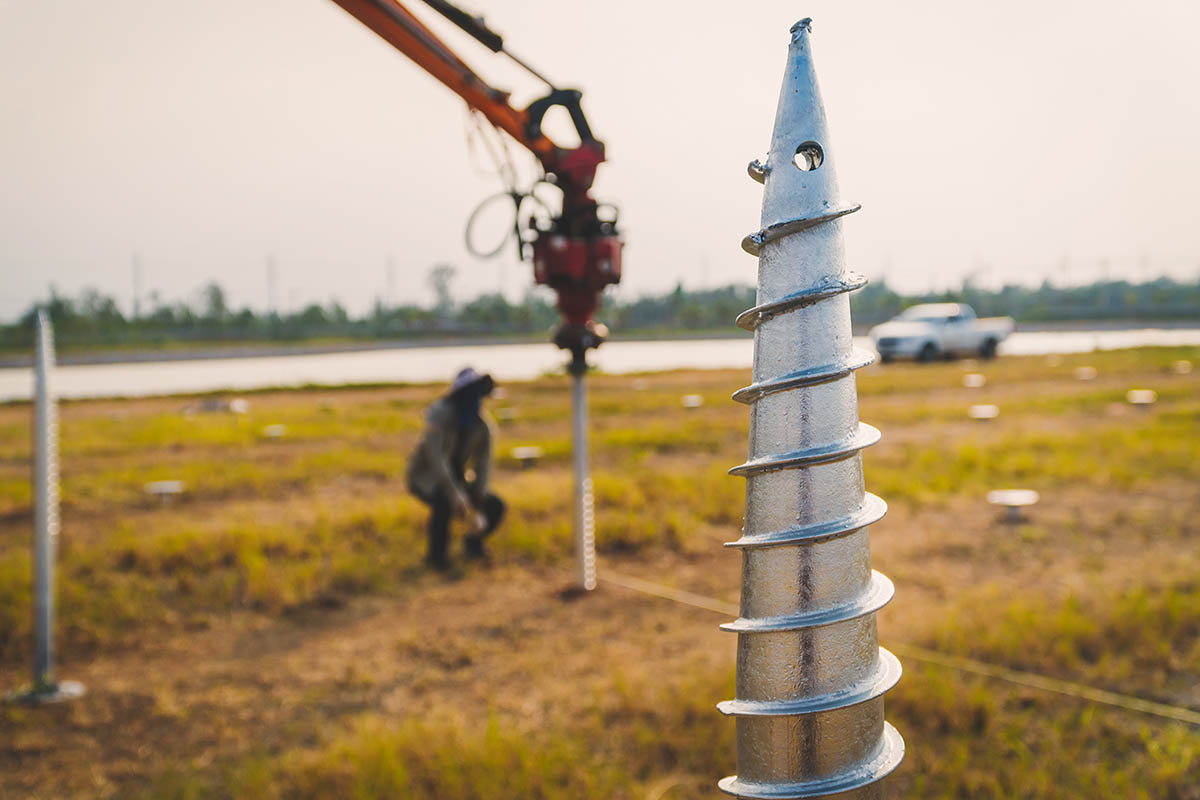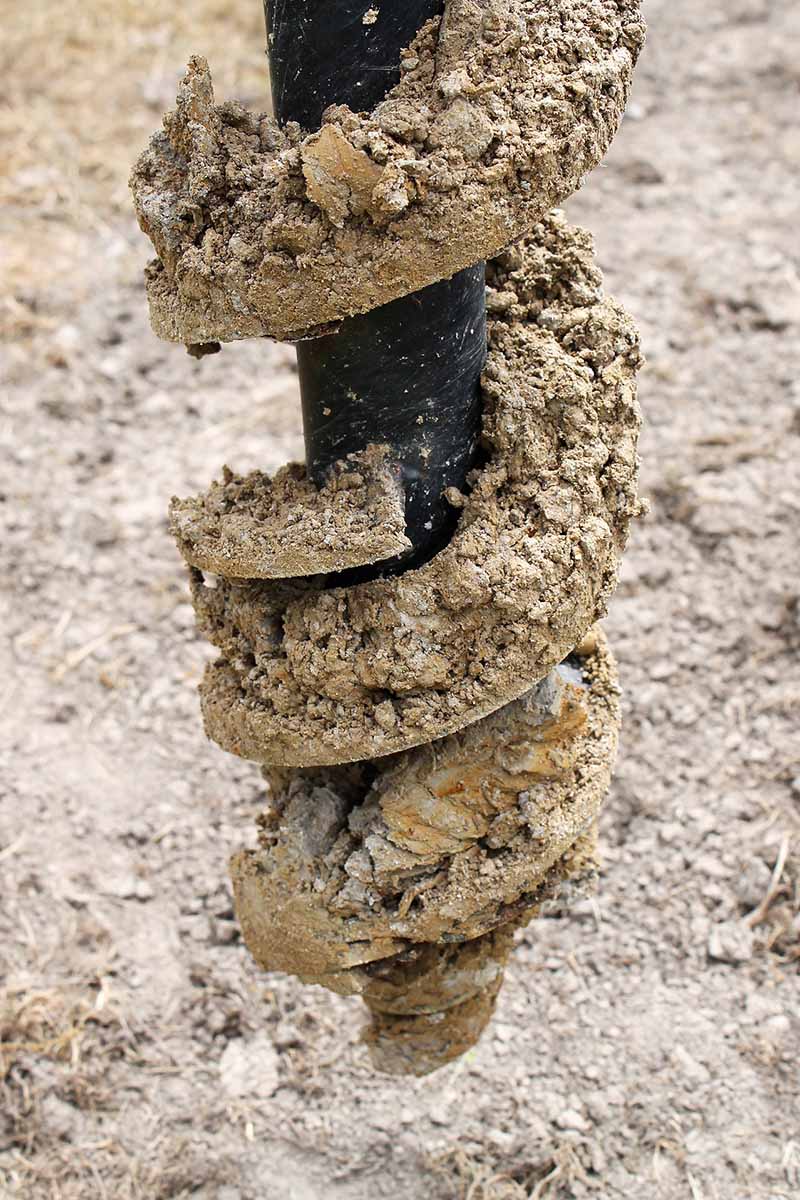The Pros and Cons of Trenchless Pipe Installation Techniques
The trenchless installation of pipes and conduits is a general term encompassing several techniques. What is most notable about these methods is that they do away with trenching, or open excavation to a certain degree and in some instances completely.
Depending on factors such as pipe size, pipe material, soil type, the extent of the installation, and location, the contractor may choose to employ one of several techniques. Each of these methods has pros and cons. Understanding the advantages and disadvantages will help the contractor determine the most suitable process for the project.
Horizontal directional drilling
Horizontal directional drilling is a common technique used in installing pipes for the utility industry. The process involves two steps. First, a drilling machine creates a pilot hole. The pilot hole becomes the path where the conduit will be installed. The second step is back-reaming, which is pulling the pipe into place.
There are many advantages to directional drilling. One significant pro is that there is little harm done to the environment, such as when working across or underneath sensitive areas like rivers, streams, and lakes. You can contact Rotary Drilling Contractors and hire various drilling services on this site.
When it comes to disadvantages, perhaps one of the challenges with HDD is that it requires using a special rig operated by skilled individuals. It becomes a limitation when the contractor does not have access to such resources.
Horizontal auger boring
This trenchless technique uses a rotating auger with a cutting head. An auger looks like a massive drill bit which cuts the soil and expels soil back to the launch area.
Since the casing system is already fitted to the cutting head, excavation and installation happen simultaneously. This method is suitable for almost any type of soil, except when there are large boulders and rocks underneath.
Similar to HDD, one of the challenges with auger boring is equipment investment. Different pipe sizes require using augers and cutting heads of the same size. This need for tooling becomes a significant limitation on the method’s versatility.
The Trenchless Pipe Installation Techniques: Pipe ramming
Pipe ramming uses a hammer attached to the pipe that pushes it down into the soil. The leading edge of the conduit creates the entry hole for pipe installation.
Cuttings and soil removed during the process go inside the pipe and are removed after completing the installation.
One of the main advantages of this technique is the cost. It is cheaper than other trenchless methods because of the limited tooling. It is also suited for shorter installations where the project allows for pipes to be put in place in segments.
However, pipe ramming does not give the operator enough control over installation quality. Also, the conduit may get damaged or deflect if it hits a rock or boulder.
As such, pipe ramming is only limited to metal casings that do not get damaged easily.
In conclusion, these trenchless techniques are instrumental in the progress of underground conduit installation.
In most urban projects, trenchless methods are preferable to avoid disruption to the surroundings and ensure minimal nuisance to the general population. With these techniques, a contractor can complete installation in less time, and with minimum workforce investment.




















